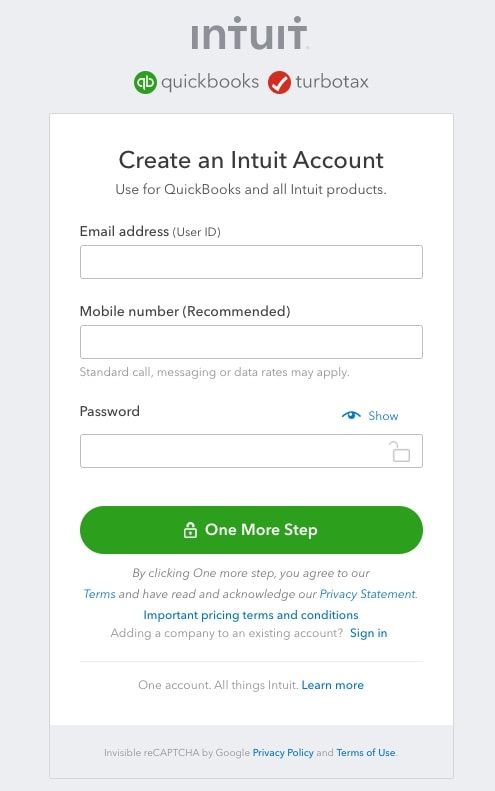Turn on suggestions
Auto-suggest helps you quickly narrow down your search results by suggesting possible matches as you type.
Showing results for
Our banking feature enables our customers to connect to their bank accounts to QuickBooks, making it easy to keep track of your business income and expense.
First, download your transactions to QuickBooks using one of the three ways that are available to you. Once the transactions are available in QuickBooks, you'll need to accept them into your books or match them to the ones you have already created in QuickBooks. Lastly, reconcile the transactions in QuickBooks against the transactions in your bank account. We recommend doing this at least once a month to avoid lengthy reconciliation process at the end of the year.
Downloading transactions
There are three ways of downloading your bank transactions. Both direct and standard bank feeds allow your transactions to flow into QuickBooks but if you prefer to import your transactions into QuickBooks manually, you can do that too. This video gives you a quick overview on the options available to you.
Using direct feed connection
Direct feed provide a direct connection to your bank account. You'll need to apply in QuickBooks and submit a Customer Authority Form. Some banks require you to print, sign and post the form to them, whilst others let you complete the process online.
The approval process takes up to 10 business days once you've posted your form. After your application is approved by the bank, transactions will start flowing into QuickBooks automatically, you'll no longer need to download or import your transactions manually.
This article details which banks have direct feed available. Watch the short video below for steps to complete the process.
Using standard feed connection
QuickBooks connects to most major UK banks through standard feed. Standard feed connection requires you to enter your online banking username and password details. If your bank requires a one-time passcode (additional verification that could be a security question or security token), you'll need to provide it to update the connection in QuickBooks to download the most recent transactions.
Watch the short video below on how to complete this process.
When connecting via standard feed, you may occasionally receive an error when you try to update your connection. This article details steps you can try to resolve the issue, most of the time, the issue can be fixed by following these steps.
Using CSV import
If you have connected via direct or standard feed, and need transactions going back longer than what your bank provides, you can import them into QuickBooks using our CSV import functionality.
Watch this short video for steps to prepare your CSV and to complete the import process.
Add or match your transactions in QuickBooks
After downloading your bank transactions to QuickBooks, you need to add them to your books or match them to transactions you have already created.
If your transaction does not yet exist in QuickBooks, you need to add them to QuickBooks. The video below details.
If your transaction already exist in QuickBooks, you need to match them to create a link between your bank transaction and QuickBooks transaction. Watch the video below for more details.
Reconcile your bank account
This is the process of comparing your QuickBooks transactions against your bank statement to ensure that all your transactions are correct and accurate in QuickBooks.
I have a question. I just migrated to online from desktop. My bank downloaded 90 days worth of transactions. I matched the ones that were labeled match (they were all current transactions).
I have 60 days or so worth of transactions that QB is labeling add, but they are transactions that are already in my QB record and have been reconciled. How do I review this list and get them removed, without adding them to my records? I do not want to end up with duplicates of the last 60 days worth of bank transactions!
Thank you, Karen SCR:)
You’ll be glad to know that in QuickBooks Online, you’ll have an option to exclude transactions that you wish not to Add or Match.
Here’s how:
Excluded transactions are listed on the Excluded tab for reference or review, but are not tracked or reported as part of your business finances and don't appear in any associated account registers or reports.
To avoid duplicate transactions, run a report with your Bank account from Chart of Accounts and compare to your Bank Statement record. If the transaction is correct, you can tag transaction as Clear ( C ).
Migration from QuickBooks Desktop to QuickBooks Online will need to reconcile the accounts again.
For detailed information for reconciliation of accounts, see links below.
Thank you so much!! That was very helpful and solved my concern!
Thank you also for the tips about reconciling. :)
Very much welcome @Karen SCR. I'm glad it solved your concern.
Just drop a comment if you have further query, we are happy to help.

You have clicked a link to a site outside of the QuickBooks or ProFile Communities. By clicking "Continue", you will leave the community and be taken to that site instead.
